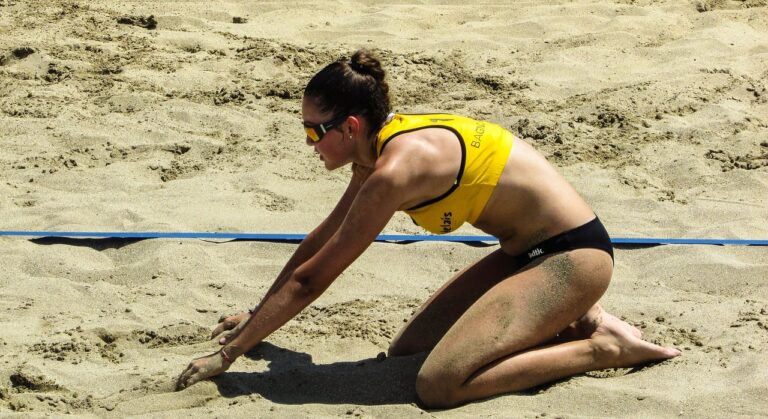The Role of Occupational Therapy in Stroke Recovery and Rehabilitation
Early intervention in stroke recovery is crucial in maximizing a patient’s potential for rehabilitation. When a stroke occurs, immediate action can help prevent further damage and promote better outcomes in the long run. Prompt medical attention and rehabilitation services can aid in relearning lost skills and regaining independence.
Patients who receive early intervention are more likely to see significant improvements in their physical, cognitive, and emotional functions. Therapy sessions focused on mobility, speech, and activities of daily living can help stroke survivors regain confidence and enhance their quality of life. By addressing challenges early on, individuals can work towards a smoother recovery process and a higher chance of returning to their pre-stroke level of functioning.
Understanding the Goals of Occupational Therapy in Stroke Rehabilitation
Occupational therapy plays a crucial role in stroke rehabilitation by focusing on helping individuals regain independence in their daily activities. The main goals of occupational therapy in stroke recovery are centered around improving motor skills, enhancing cognitive functions, and promoting functional independence. Therapists work closely with stroke survivors to assess their needs and develop personalized treatment plans to address various physical and cognitive challenges they may be facing.
One key objective of occupational therapy is to help stroke survivors relearn essential skills such as dressing, bathing, and eating. Therapists utilize a combination of techniques, exercises, and adaptive strategies to facilitate the recovery process and promote a higher level of independence in everyday tasks. By focusing on improving fine motor skills, coordination, and problem-solving abilities, occupational therapy aims to enhance the overall quality of life for individuals recovering from a stroke.
Adapting the Home Environment for Stroke Survivors
When adapting the home environment for stroke survivors, it is important to prioritize safety and accessibility. Removing tripping hazards such as loose rugs and clutter can help prevent falls, which are a common concern for individuals with mobility issues following a stroke. Installing grab bars in key areas like the bathroom and near beds can provide much-needed support for balance and stability.
Additionally, making modifications to the layout of the home can greatly improve the quality of life for stroke survivors. Rearranging furniture to create wider pathways for mobility aids like wheelchairs or walkers can make navigating the home easier. Lowering shelf heights and ensuring commonly used items are within reach can help promote independence and reduce frustration for individuals with limited mobility.
How soon should the home environment be adapted for a stroke survivor?
The home environment should be adapted as soon as possible to support the stroke survivor’s recovery and independence.
What are some common adaptations that can be made in the home environment for stroke survivors?
Common adaptations include installing grab bars in the bathroom, removing tripping hazards, rearranging furniture for better mobility, and providing easy access to necessary items.
Can occupational therapy help in adapting the home environment for stroke survivors?
Yes, occupational therapists can provide guidance on how to adapt the home environment to meet the specific needs of the stroke survivor.
What are the benefits of adapting the home environment for stroke survivors?
Adapting the home environment can help improve the stroke survivor’s safety, independence, and overall quality of life.
How can family members and caregivers help in adapting the home environment for stroke survivors?
Family members and caregivers can work with healthcare professionals to identify areas that need adaptation and provide support in making the necessary changes.







